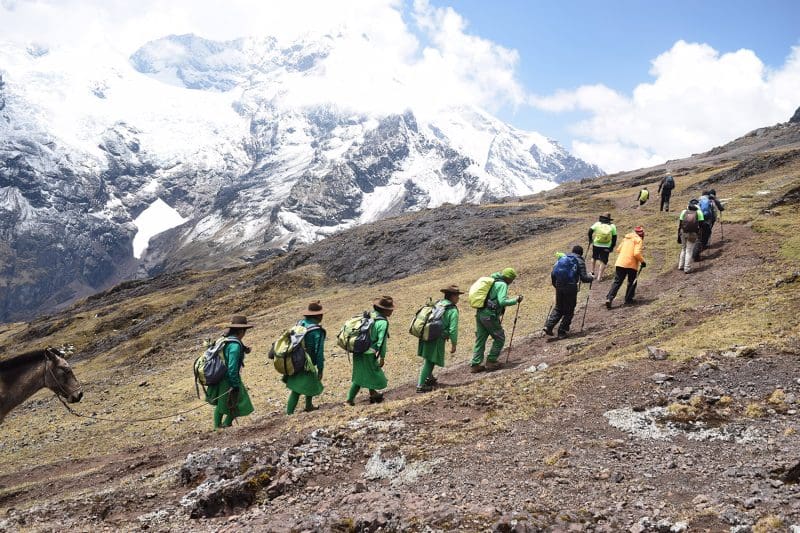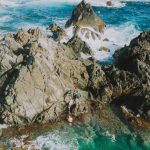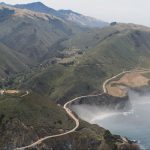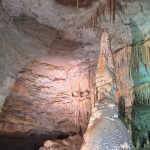Andean treks showcase Inca routes
IAN STALKER
Not all centuries-old Andean Peru trails lead to lofty Machu Picchu.
Cusco-based Alpaca Expeditions has hikes throughout an area steeped in Inca history and the company adds there are clear ties between its staff and those who built storied sites during the heyday of the Inca civilization.
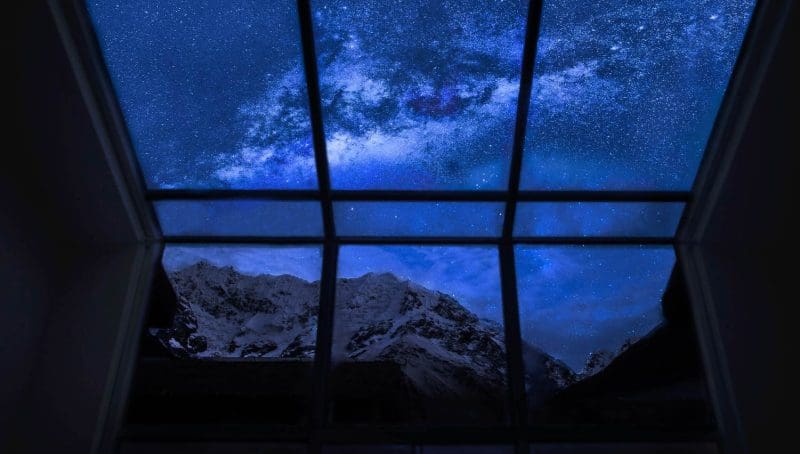
“They (staff) are a mix between the native inhabitants from the Inca society and the newcomers — the Spanish conquistadores — and are known as mestizos, and most native people have preserved their traditions — the language, religion and agriculture,” says Raul Ccolque, the company’s owner. Ccolque himself is from a small village near the Sacred Valley and worked as an Inca trail guide and then started his company in 2012. “Most staff members have Quechua blood, from people who helped build Machu Picchu.”
Alpaca Expeditions says the “in-depth knowledge of the terrain, trails and the people in the various villages along some trails is superior than other tour companies that aren’t fully operated by natives. Many of those large operators have head offices overseas and aren’t necessarily specializing in Peru.”
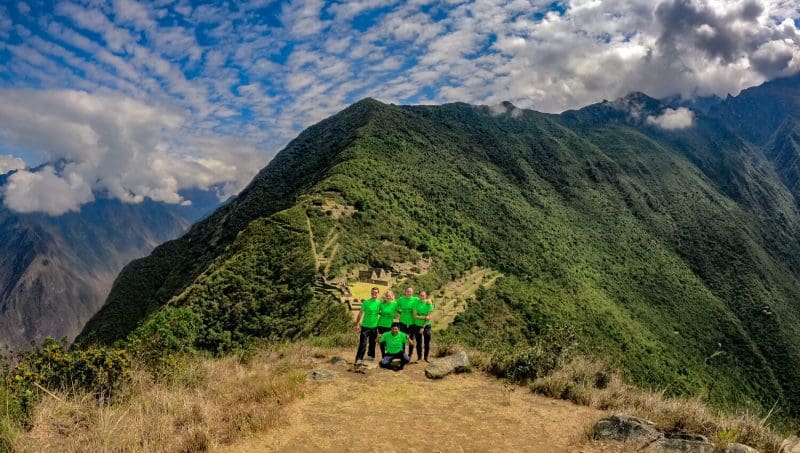
The region the tour operator showcases is home to the storied Inca Trail, which today leads hikers to UNESCO World Heritage Site Machu Picchu, just as it was used in pre-Hispanic times to reach the “Lost City of the Incas.”
But Alpaca Expeditions is also offering lesser-known area hikes that it says are interesting alternatives to the Inca Trail, which has seen Peruvian authorities restrict the number of hikers who can use it on any one day, helping limit wear and tear.
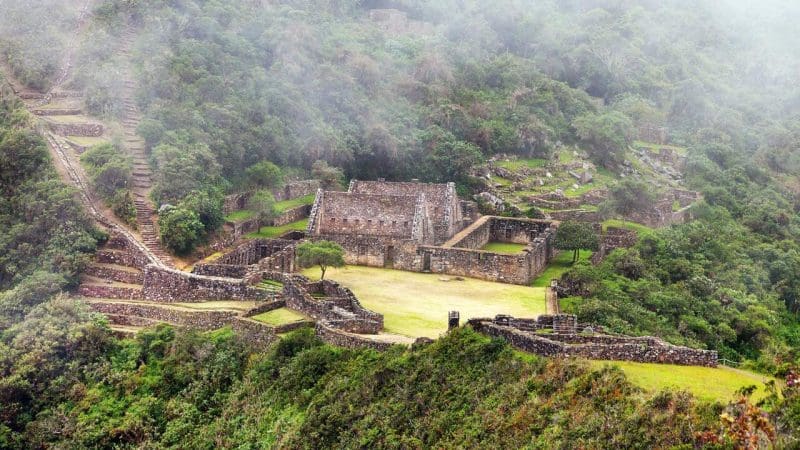
The Choquequirao Trail, nestled in the Vilcabamba Mountains, takes travellers to remote ancient ruins known as “The Last Refuge of the Incas.” Those ruins stand as a testament to the Incas ‘strength and resilience, as they were a refuge to from the Spanish. Choquequirao means “Cradle of Gold”, and the Choquequirao ruins are considered the Sister City of Machu Picchu. The ruins, at 1,800 hectares, are 30 to 40% evacuated and larger than the ruins of Machu Picchu. The Choquequirao Trek is considered one of the most challenging hikes in the Cusco region. “Travellers joining the 5-day trek experience a rewarding journey both physically and spiritually,” Alpaca Expeditions says.
The Salkantay Trek is another alternative trekking journey. Hikers visit the enchanting Humantay Blue Lagoon and Alpaca Expeditions’ accommodations include glass cabanas with panoramic views of the snow-capped Salkantay mountain range and Lord of the Rings-inspired Hobbit Houses exclusive to Alpaca Expeditions. Hot tubs, showers, and a nearby glacial-fed river complement the Hobbit House experience. An exclusive campsite overlooking the ruins of Machu Picchu at Llactapata is also featured on the trip.
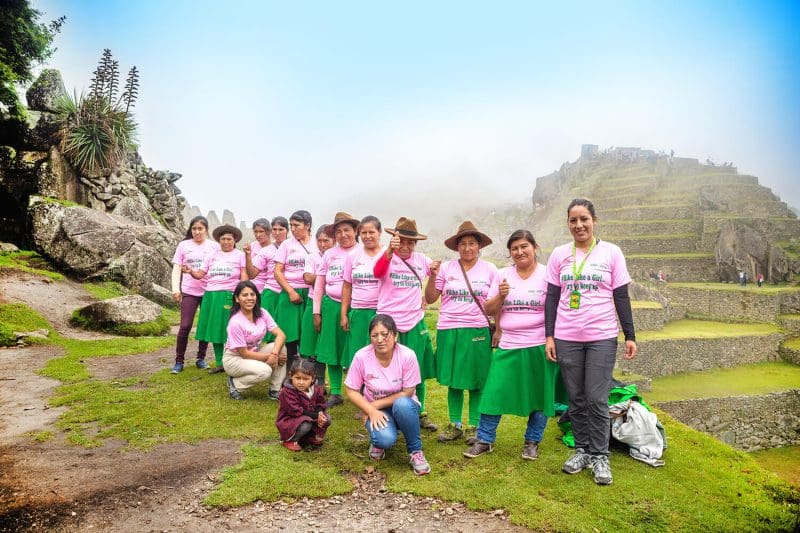
The Salkantay Trek travels through diverse ecosystems; from alpine to semi-tropical to tropical. Alpaca Expeditions’ experienced local guides lead the trekking excursion and are knowledgeable and have pride in their Inca history and the area’s natural beauty.
The Choquequiaro Trek is 5 days and 4 nights and is priced at US$700 per person while the Choquequirao and Machu Picchu Trek is 6 days and 5 nights and combines both historic Inca sites in one trip. This journey is US$825 per person. Both tours are offered as group departures for up to 16 people and as private tours.
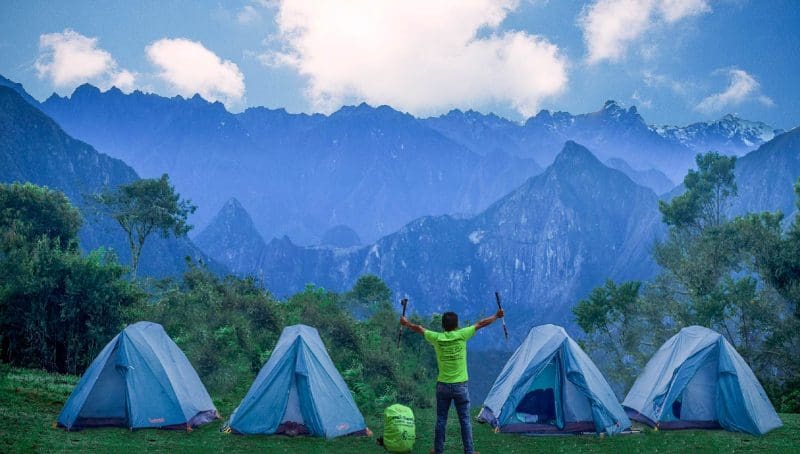
The Classic Salkankay Trek is-5 days and 5 nights and priced at US$650 per person and The Inca Trail Plus Salkantay Trek is 7 days and 6 nights. The combination Inca Trail and Salkantay is US$1,150 per person, for the weekl-ong adventure. Again, both tours are offered as group departures for groups up to 16 people and as private tours.
“Both the Choquequirao and Salkantay trails offer great escapes in significantly less crowded locations that aren’t subject to government regulations or permits, making them much easier to reserve. Alpaca Expeditions goes the extra mile to assist its guests with all trip logistics and in securing the limited permits needed for the Inca Trail treks,” Alpaca Expeditions adds.
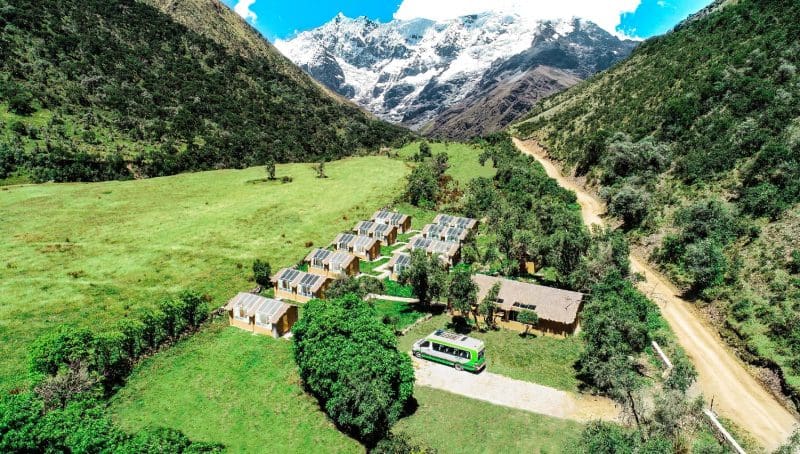
“All treks in the Andes provide a magical feeling with breathtaking views of the surrounding mountains, the glacier peaks and diverse flora and fauna. The only difference with the Inca trail is that it was built by the Incas, who paved trails with stones that lead to various ancient Inca sites,” Ccolque adds.
Ccolque says those wanting to hike any trails in Andean Peru must be in relatively good physical condition to have an enjoyable experience. The terrain is diverse with both small and larger hills that require hikers to work their way up and down. Travellers don’t need to be expert hikers however.
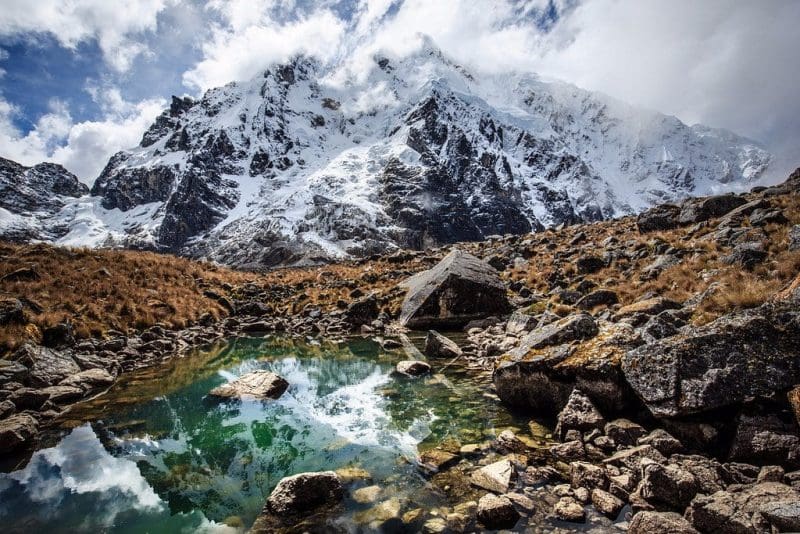
“Evidently, there are also trails that are more technical for more experienced and fit hikers” Ccoilque continues.. “Alpaca Expeditions’ guides are very experienced and travellers feel safe at all times and on any trails. Alpaca uses horses on the Choquekiraw and Salkantaytreks treks to assist hikers that may run out of steam.”
For more information, access https://www.alpacaexpeditions.com.
